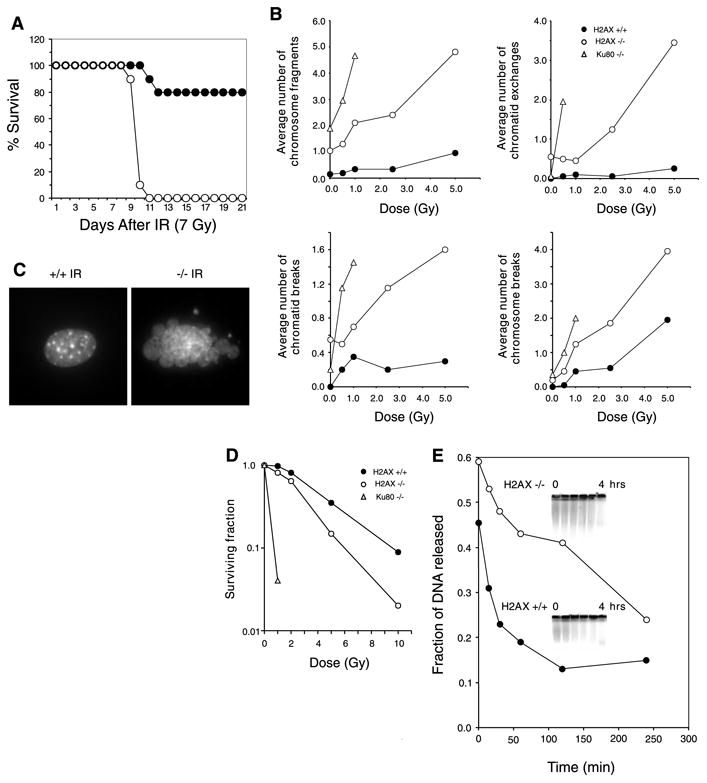Fig. 2. H2AX−/− mice are radiation sensitive and immortalized MEFs exhibit defective DNA repair.

(A) Survival of 4-week-old H2AX−/− and littermate controls exposed to 7 Gy of whole-body γ-irradiation. Ten H2AX−/− (○) and 10 control mice (● 5 H2AX+/− and 5 H2AX+/+ mice) were used. (B) Average number of chromosomal aberrations per metaphase (breaks, fragments, and exchanges) induced by IR in H2AX+/+, H2AX−/−, and Ku80−/− immortalized MEFs. At IR doses exceeding 1 Gy, Ku80−/− metaphases exhibited massive chromosomal fragmentation. At least 20 metaphases were examined for each genotype. (C) DAPI (4′,6-diamidino-2-phenylindole) staining of H2AX+/+ and H2AX−/− fibroblast nuclei 24 hours after treatment with 10-Gy γ-irradiation. Ten percent of H2AX−/− cells (n = 400) and 0.25% of wild-type nuclei (n = 400) showed extensive nuclear fragmentation. (D) Radiation sensitivity of H2AX+/+ (●), H2AX−/− (○), and Ku80−/− (Δ) fibroblasts, plotted as the fraction of surviving cells relative to unirradiated samples of the same genotype. (E) Rejoining of DNA DSBs produced by 80-Gy γ-irradiation. (Inset) The fraction of DNA released into the well is plotted.
